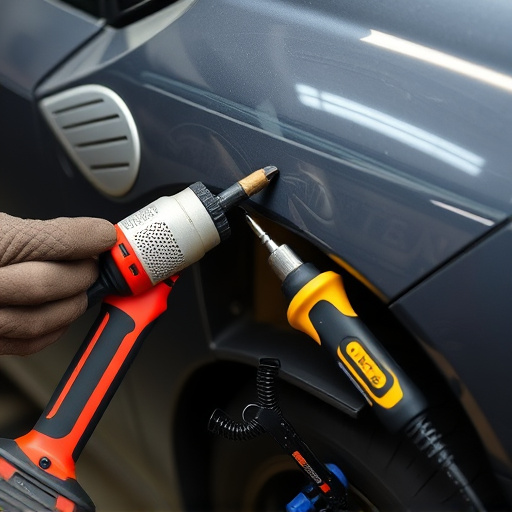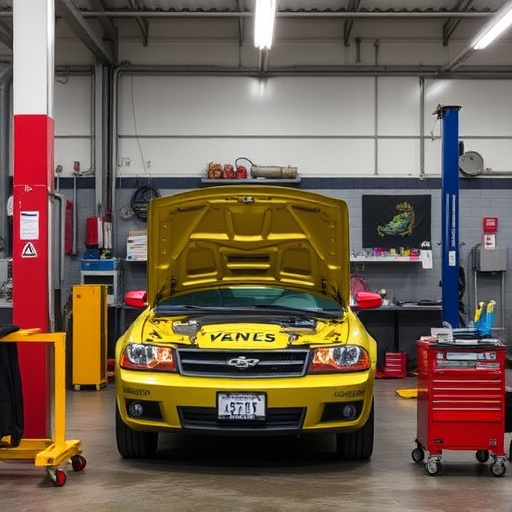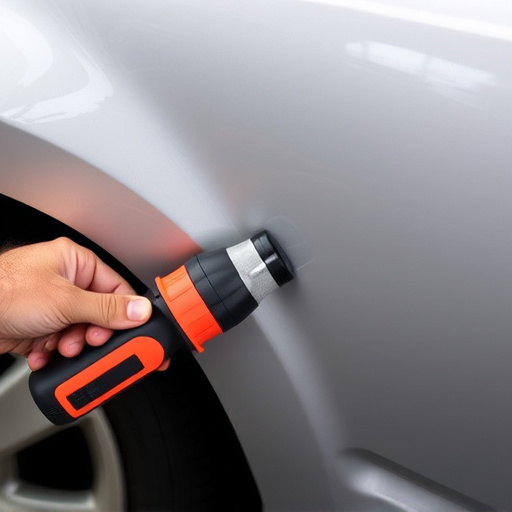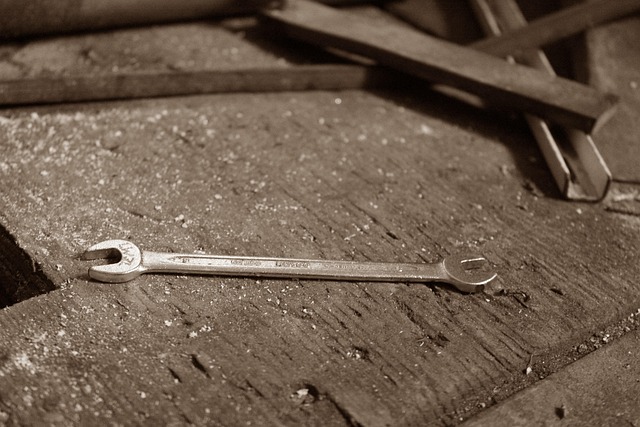The Mercedes Lane Assist System, crucial for safety, requires regular recalibration after accidents or auto body work to ensure precise lane keeping and steering assistance. This meticulous process involves disconnecting the battery, calibrating against known points, adjusting settings, and testing to maintain optimal performance in various driving conditions.
Mercedes’ Lane Assist system is a sophisticated driver assistance feature, enhancing safety by keeping vehicles centered in their lane. However, over time, this active steering assist technology may need recalibration due to various factors like tire wear or road surface changes. This article guides you through understanding when and how to perform a Mercedes lane assist recalibration for vehicles equipped with active steering assist, ensuring optimal performance and safety on the road.
- Understanding Mercedes Lane Assist System
- When Recalibration is Necessary
- Step-by-Step Recalibration Process for Active Steering Assist Vehicles
Understanding Mercedes Lane Assist System

The Mercedes Lane Assist System is an advanced driver-assistance feature designed to enhance safety and comfort while driving. This technology actively monitors the vehicle’s position on the road, using a combination of sensors and cameras to detect lane markings and potential drift. When the system detects that the car is veering off course without an active turn signal, it gently steers the vehicle back into its lane, providing a second set of eyes for the driver. The Mercedes Lane Assist recalibration process involves adjusting the settings of this critical system, ensuring optimal performance and precision in various driving conditions.
For vehicles equipped with Active Steering Assist, proper recalibration is crucial to maintain the integrity of the lane-keeping functionality. This process includes calibrating the sensors, cameras, and software components to work in harmony, allowing the vehicle to accurately interpret road markings and respond accordingly. Regular Mercedes benz repair and maintenance, including lane assist recalibration, are essential to keep your vehicle safe and reliable on the road, preventing issues that might arise from a malfunctioned dent repair or auto body repair.
When Recalibration is Necessary

In certain scenarios, a Mercedes lane assist recalibration becomes necessary to ensure optimal performance and safety of the vehicle’s Active Steering Assist system. This is especially true after an accident or significant impact, as the sensors and cameras that facilitate the lane-keeping technology may have been disrupted or damaged. Even minor collisions can sometimes affect these delicate components, necessitating a recalibration to restore their accuracy. Additionally, routine maintenance or following extensive automotive body work or collision repair services can also call for this procedure to guarantee the system’s continued effectiveness in assisting drivers with steering and maintaining vehicle stability.
Step-by-Step Recalibration Process for Active Steering Assist Vehicles

The Mercedes lane assist recalibration process for vehicles with active steering assist involves several precise steps to ensure optimal system performance. It begins with preparing the vehicle by securing it in a safe, level location and ensuring all necessary tools are at hand, including a diagnostic scanner compatible with Mercedes-Benz systems. The next step is to power off the engine and disconnect the battery negative terminal for a brief moment to clear any residual electrical charge.
Once safety precautions are in place, technicians can initiate the recalibration sequence using specialized software. This involves calibrating the active steering assist system against known reference points, adjusting sensitivity settings, and verifying proper response times. After completing these adjustments, the battery is reconnected, and the engine is started to test the recalibrated lane assist system thoroughly before allowing the vehicle to leave the work area. This meticulous process guarantees that your Mercedes’ active steering assist functions seamlessly, enhancing safety and driving comfort.
Mercedes Lane Assist, an advanced driver assistance system (ADAS), requires periodic recalibration, especially in vehicles with active steering assist. This process ensures optimal performance and safety by adjusting the system’s sensors and algorithms to account for changes in vehicle dynamics and driving conditions. By following a meticulous step-by-step process, owners of active steering assist Mercedes vehicles can ensure their Lane Assist remains accurate and reliable, enhancing overall driving experience and peace of mind on the road.














